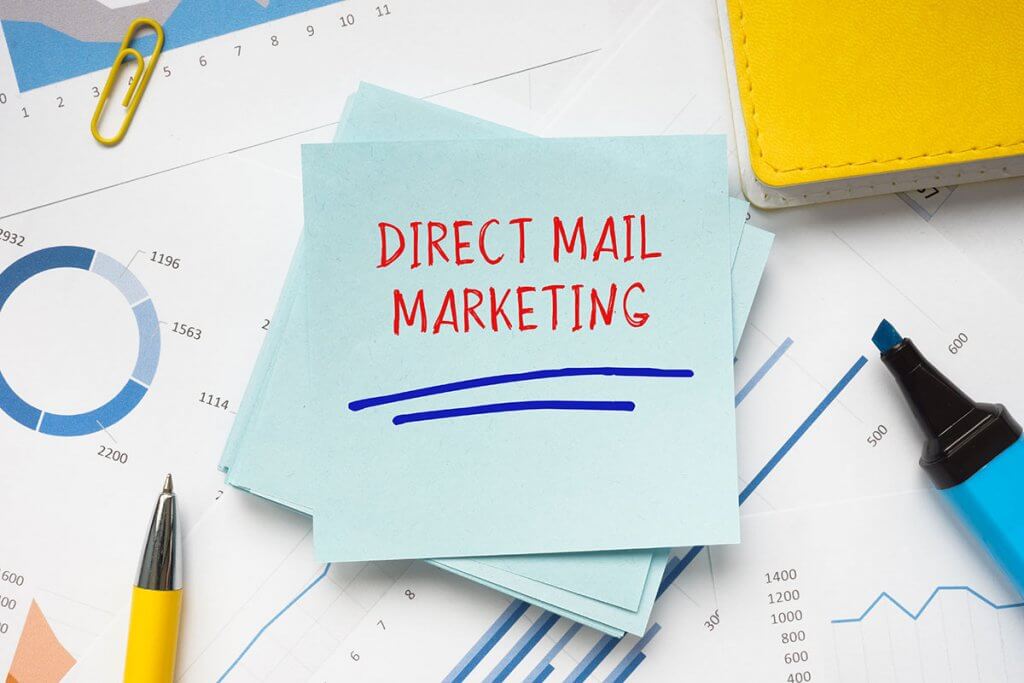
Direct mail marketing remains one of the most effective ways to engage potential customers, build brand awareness, and generate leads. Despite the rise of digital marketing, direct mail marketing offers a personal touch that can make a lasting impression. However, the key to a successful campaign lies in curating a high-quality mailing list.
Why Direct Mail Marketing Works
Direct mail marketing continues to thrive because it allows businesses to reach targeted customers in a tangible and personalized manner. Some of the main advantages include:
-
High Response Rates – Studies show that direct mail has a higher response rate than digital channels.
-
Personalization – Customizing messages based on demographics and interests enhances engagement.
-
Tangible and Memorable – Unlike emails, physical mail leaves a lasting impression.
-
Less Competition – With digital inboxes being overcrowded, direct mail stands out.
Key Elements of a Good Direct Mail Marketing List
To maximize the impact of direct mail marketing, you need a high-quality mailing list. Here’s what makes a good list:
1. Target Audience Segmentation
A well-segmented list ensures that your message reaches the right people. Consider segmenting based on:
-
Demographics (age, gender, income level)
-
Geographics (location, urban vs. rural)
-
Behavioral Data (purchase history, interests)
-
Psychographics (lifestyle, values, hobbies)
2. Verified and Updated Contacts
An outdated list can lead to wasted efforts and budget. Ensure your list includes:
-
Verified Postal Addresses – Regularly clean and update addresses to avoid undelivered mail.
-
Updated Customer Preferences – Track engagement to refine your list over time.
3. Opt-in Lists vs. Purchased Lists
-
Opt-in Lists – These are collected from customers who have willingly shared their information. They tend to yield better engagement.
-
Purchased Lists – While they expand your reach, they can be less effective due to outdated or irrelevant contacts.
Where to Source a Good Mailing List
1. In-House Customer Data
Your existing customer database is a goldmine for direct mail marketing. Use:
-
Loyalty Program Members
-
Newsletter Subscribers
-
Past Purchasers
2. Industry-Specific List Providers
Partnering with list providers specializing in your industry can ensure high-quality contacts. Look for providers that offer:
-
Highly Targeted Lists
-
Regularly Updated Databases
-
Compliance with Data Privacy Laws
3. Networking and Events
Attending industry events, trade shows, and networking groups can help collect potential leads for your mailing list.
Best Practices for Direct Mail Marketing Campaigns
1. Personalization is Key
Use recipient names and tailor the content to their interests to increase engagement.
2. Strong Call-to-Action (CTA)
Make it clear what you want the recipient to do next. Examples include:
-
Call for a consultation
-
Redeem a special offer
3. Eye-Catching Design and Messaging
Your mail should stand out with:
-
Bold Headlines
-
Compelling Images
-
Clear and Concise Text
4. Track and Analyze Performance
Use unique promo codes, QR codes, and dedicated landing pages to measure the success of your campaign.
Conclusion
Direct mail marketing is a powerful tool when paired with a high-quality mailing list. By focusing on segmentation, data verification, and personalization, businesses can maximize their return on investment. Whether using an in-house list or acquiring one from reputable sources, ensuring relevance and accuracy will lead to better engagement and conversions.
By implementing these strategies, Hole In One Publishing can help businesses craft successful direct mail marketing campaigns that generate leads and drive growth.